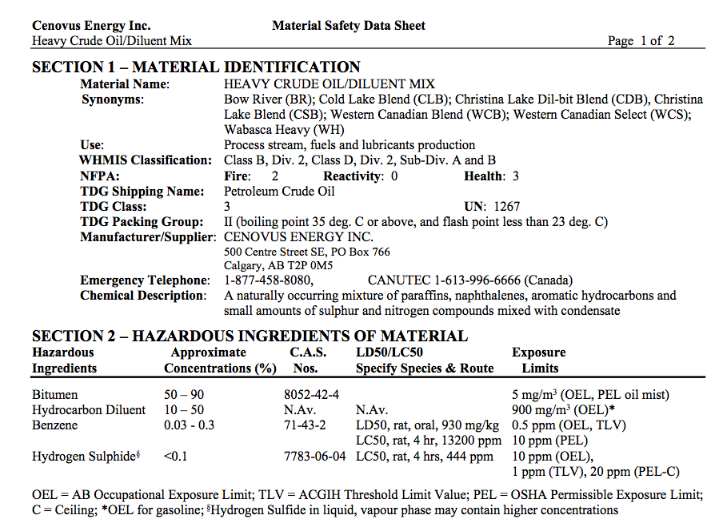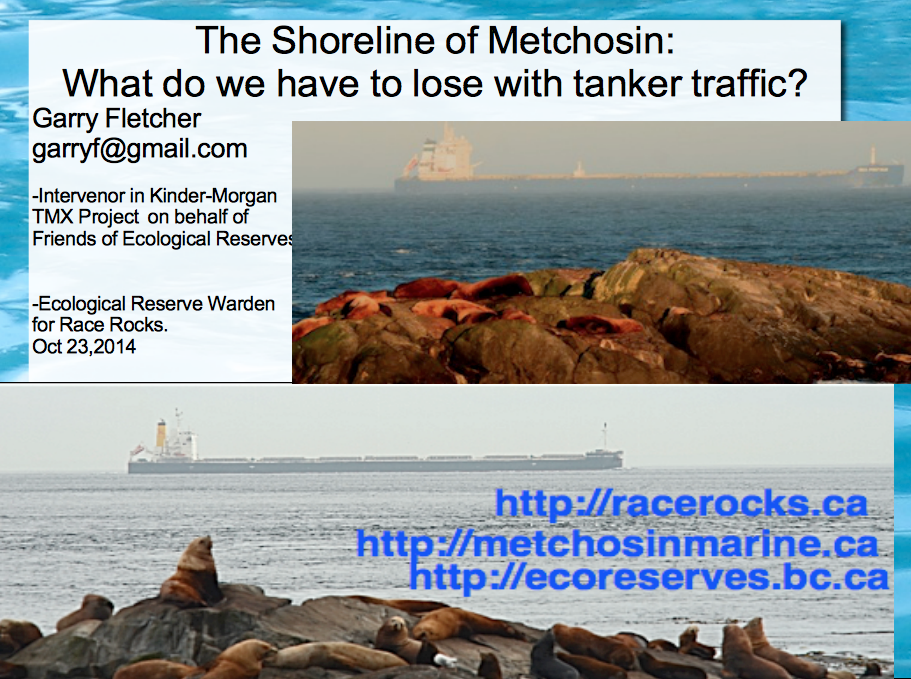One of the most infamous reports used by Trans Mountain Pipelines comes from the Gainford study : A Study of Fate and Behaviour of Diluted Bitumen Oils on Marine Waters: See the PDF: http-_www.transmountain.com_uploads_papers_1391734754-astudyoffateandbehaviourofdilutedbitumenoilsonmarinewater
 The fact that it was done under very artificial conditions has been widely criticized. For me, the fact that they used 15 degrees C was enough to make me very dubious given the fact that Strait of Juan de Fuca waters as measured at Race Rocks now for 90 years has rarely in August risen to 13 degrees C.
The fact that it was done under very artificial conditions has been widely criticized. For me, the fact that they used 15 degrees C was enough to make me very dubious given the fact that Strait of Juan de Fuca waters as measured at Race Rocks now for 90 years has rarely in August risen to 13 degrees C.










